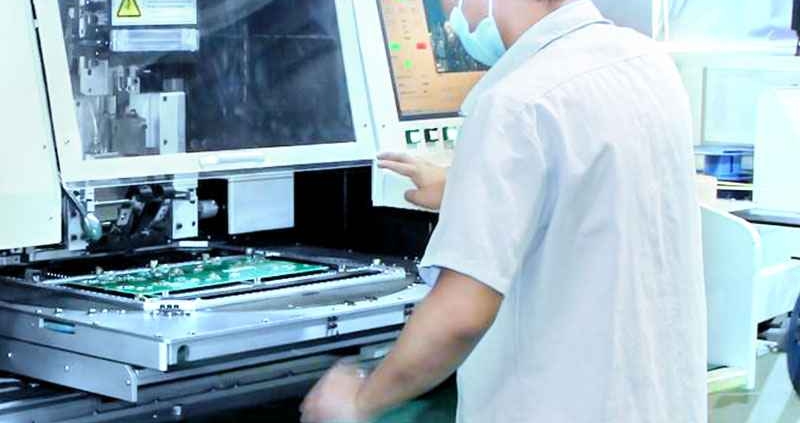High temperatures of Pb-free assembly
C-Alley is offering the services of global PCB assembly & manufacturing, PCB layout & design , reverse engineering.
Few projects during PCB assembly may have below errors if designer do not pay attention to it.
The PCB production cycle includes two main stages: fabrication of the PCB and assembly of components on the PCB. Variations in these processes are ripe for incompatibilities. This can occur, for instance, when raw materials for fabrication are optimized for SnPb technology, yet the PCB is assembled using Pb-free technology. SnPb technology assembly is characterized by relatively low temperatures: for instance, raw material possessing a 130Tg. (Tg is glass transition temperature, or the temperature at which the raw material traverses from a solid-rigid state to a flexible-elastic state.) Pb-free assembly is characterized by high soldering temperatures, about 40°C higher than that of SnPb assembly. When a PCB whose raw materials are suited to low assembly temperatures is assembled using higher-temperature Pb-free technology, the PCB will warp during reflow. In this case, it would have been appropriate to define for fabrication raw materials with a higher Tg, such as 170, to ensure the PCB withstands the high temperatures of Pb-free assembly.



